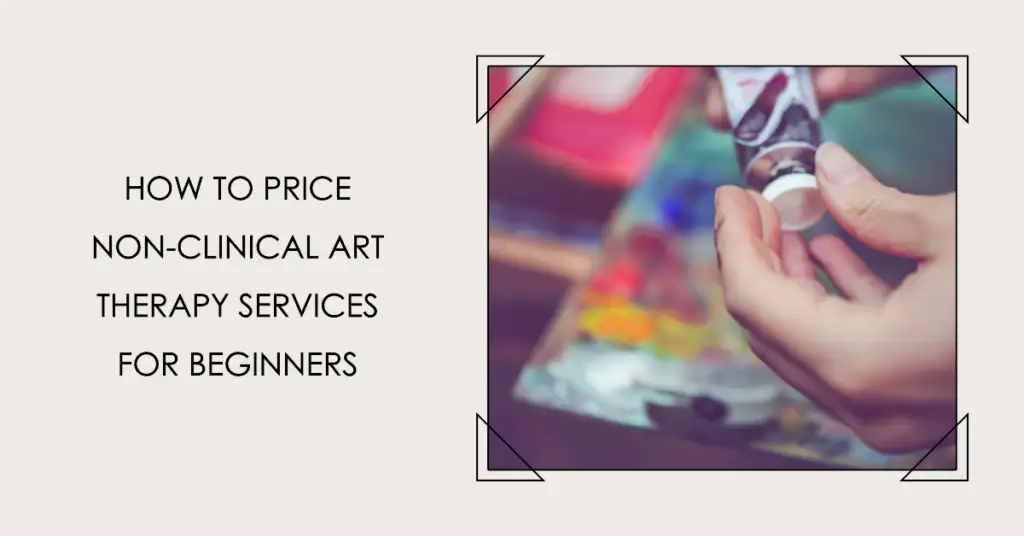Embracing Your Role as a Non-Clinical Art Therapy Practitioner

Introduction: Redefining Your Non-Clinical Art Therapy Role
At Scholistico, we understand the challenges faced by art therapists and facilitators working in non-clinical settings. One common question we hear is, “What should I call myself and my services if I’m not a licensed art therapist?” In this article, we’re here to help you navigate this dilemma and build a solid foundation for your non-clinical art therapy business.
Choosing Your Title: Options for Non-Clinical Art Practitioners
It’s essential to find a title that feels right for you and accurately represents your work. Here are some options to consider:
- Art Facilitator / Therapeutic Art Facilitator
- Creative Facilitator
- Creativity Coach
- Art-Based Coach
- Creative Life Coach
- Creative Healer
- Therapeutic Art Life Coach
- Expressive Art Coach or Facilitator
- Creative Insight Coach
- Creative Wellness Coach
Feel free to explore other possibilities or combine elements from the list above to create a title that resonates with you.
Defining Your Services: What to Call Your Non-Clinical Offerings
Once you’ve chosen a title, it’s time to define your services. Here are some options to consider:
- Art Facilitation
- Therapeutic Art-Making
- Creative Sessions
- Creative Coaching / Mentoring
- Creative Facilitation / Expressive Arts Session
- Healing Art
- Expressive Art (such as painting, drawing, photography, collage, etc.)
- Mindful Art
Consider creating a unique name for your signature program to stand out and effectively communicate your offerings.
Overcoming Imposter Syndrome: Owning Your Non-Clinical Identity
It’s natural to feel uncertainty or imposter syndrome when transitioning to a non-clinical role. We encourage you to let go of doubts, insecurities, and shame, and fully embrace the unique power of using art to help others. Remember, your title and service names are only part of your identity. What truly matters is your belief in your work and your ability to articulate its value to others.
Final Thoughts: You Define Your Non-Clinical Art Therapy Journey
As a non-clinical art therapy practitioner, you have the power to define your role and offerings. Don’t seek validation from others; trust your instincts and expertise. The world is your oyster, and you have the freedom to shape your non-clinical art therapy practice however you see fit.
We hope this article has provided you with some inspiration and guidance for choosing your title and defining your services. Let us know which options resonate with you the most in the comments below!
P.S. If you’re considering a career as an art therapy practitioner, it’s crucial to choose an accredited online program that provides comprehensive education and training that meets the highest standards of quality, professionalism, and safety. Accreditation not only increases your chances of being recognized and respected in the job market but also exposes you to the latest developments and trends in the field of art therapy.
At Scholistico, we offer internationally accredited courses in art therapy through the IPHM and CMA. Our programs are designed to equip students with the skills and knowledge necessary to excel in their careers as art therapy practitioners. Our courses cover a wide range of topics, from the foundations of art therapy to advanced techniques and methodologies.
Investing in your education is an investment in your future. By choosing an accredited program at Scholistico, you can be confident that you are receiving the best education and training available. We are proud to offer internationally accredited courses in art therapy, and we look forward to supporting you on your journey to becoming a certified art therapy practitioner.













Responses